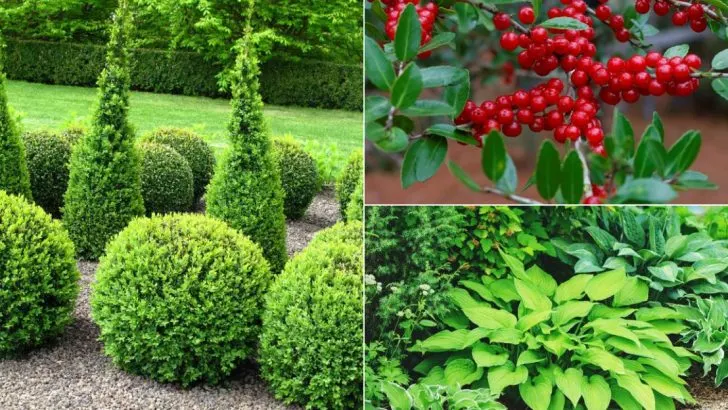Your house deserves better than a row of the same five shrubs everyone else planted in 1998. Boxwoods? Yews? Maybe a few tired daylilies if we’re really getting wild? They’ve done their time. Let them rest. Because blending in was never your garden’s dream. Your front yard is the first thing people see—and right now, it’s giving “copy and paste.” But there are stunning, underused plants waiting to shine where those overworked classics once stood. Low-maintenance? Check. Beautiful? Absolutely. Unforgettable? Oh yes. It’s time to trade cookie-cutter for character. Let your foundation planting reflect a little more you—and a lot less HOA beige. Ready to ditch the default and go bold? Let’s start digging.
Boxwood

Boxwood shrubs have long been cherished for their dense, evergreen foliage and adaptability to various shapes. However, they are so common that they might not add the uniqueness your garden deserves. Their versatility makes them a favorite, but the lack of seasonal color and fragrance might leave some wanting more.
A staple in formal gardens, boxwoods have been used in landscape designs for centuries. Despite their classic appeal, many homeowners seek alternatives that offer more visual interest. While boxwoods are easy to maintain, their ubiquity can detract from a garden’s individual character.
Azalea

Azaleas are adored for their stunning spring blooms, creating a spectacle of color in many gardens. Yet, their widespread use means they often lack the novelty to make a garden distinctive.
Their flowers, ranging from pinks to reds and whites, provide a burst of color, but once the blooms fade, the plants offer little visual appeal. Azaleas require specific soil conditions, and when not met, they might struggle to thrive. While undeniably beautiful, the challenge lies in finding creative ways to incorporate them without them feeling cliché.
Hosta
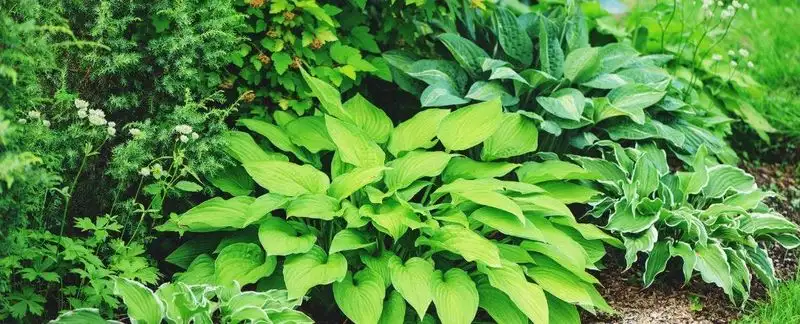
Hostas, with their lush foliage and variety of leaf shapes, are a go-to for shady areas. However, their popularity means they often blend into the background, rather than standing out.
While they offer an array of greens and variegated patterns, hostas generally lack the vibrant blooms that can add an extra layer of interest. Their hardiness and ease of care make them a staple in many gardens, but for those seeking a standout landscape, exploring other options can be rewarding. The challenge is to find plants that provide both visual impact and practicality.
Holly
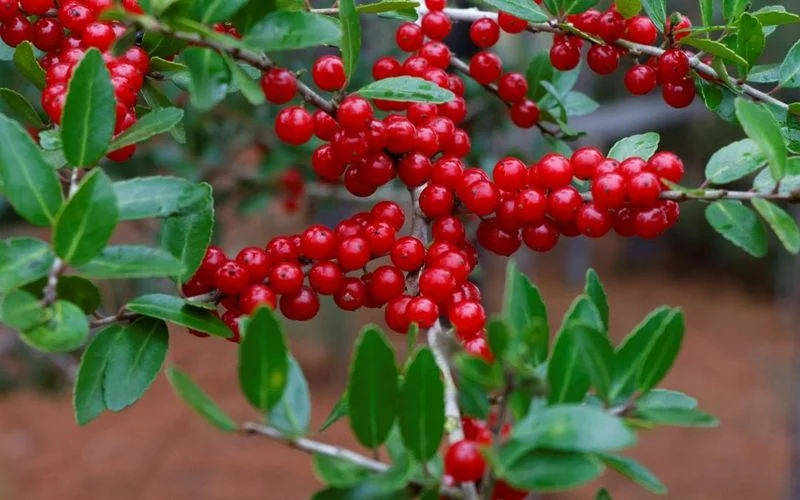
Holly bushes, with their iconic red berries and glossy leaves, are a familiar sight in many landscapes. Popular for their festive appeal, they often serve as a staple in foundation plantings.
While holly adds winter interest, its prickly leaves and commonality can make it less desirable for those seeking uniqueness. They require careful placement to avoid their spiny foliage becoming a nuisance in high-traffic areas. Despite their beauty, the search for alternatives can lead to discovering plants that offer similar benefits without the overuse.
Yew
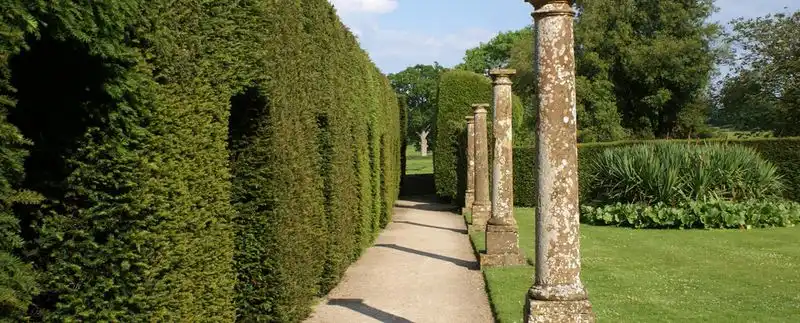
Yews are ancient evergreens known for their longevity and ability to form dense hedges. Their dark green, needle-like foliage provides a classic look, but their overuse makes them an all-too-common sight.
While yews are appreciated for their shade tolerance and slow growth, they might not provide the dynamic visual interest some homeowners desire. Additionally, their toxicity to pets and humans can be a concern. Exploring alternatives can lead to discovering plants that bring both beauty and safety to your garden.
Hydrangea
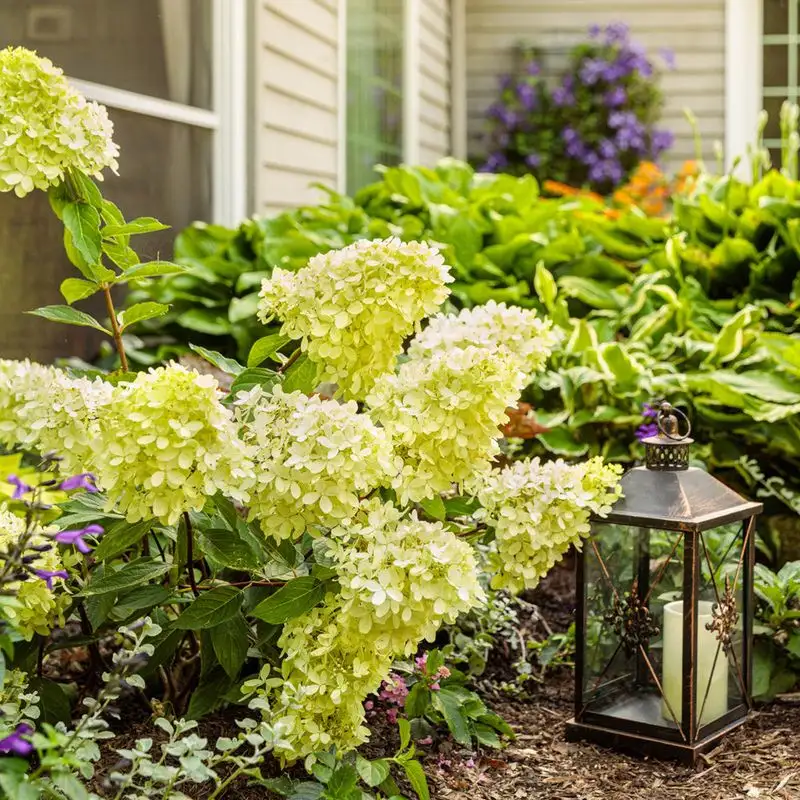
Little Lime Hydrangea offers a delightful twist on traditional hydrangeas with its compact size and lush blooms. Its pale green flowers gradually transition to white, providing a fresh and elegant look.
While hydrangeas are common, the Little Lime variant stands out with its unique coloration and size. Perfect for smaller spaces, it adds interest without overwhelming the garden. Its adaptability to both sun and shade makes it a versatile choice. Consider this unique hydrangea to break away from the ordinary and add a touch of sophistication to your landscape.
Purple Smoke Bush
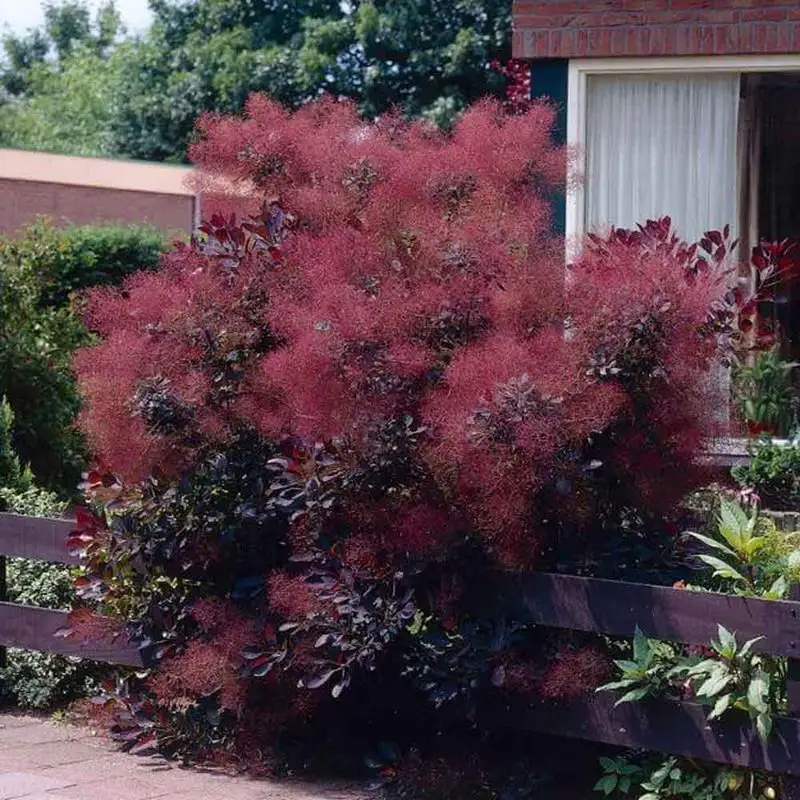
The Purple Smoke Bush is a showstopper with its cloud-like blooms that resemble puffs of smoke. Its deep purple and burgundy hues add an unexpected splash of color that captivates onlookers.
This plant is ideal for those looking to introduce a dramatic element to their garden. Its unique appearance and vibrant foliage make it a standout choice. While it requires some space to fully develop, the visual payoff is well worth it. With this plant, your garden can transform from ordinary to extraordinary, creating an unforgettable landscape.
Spirea
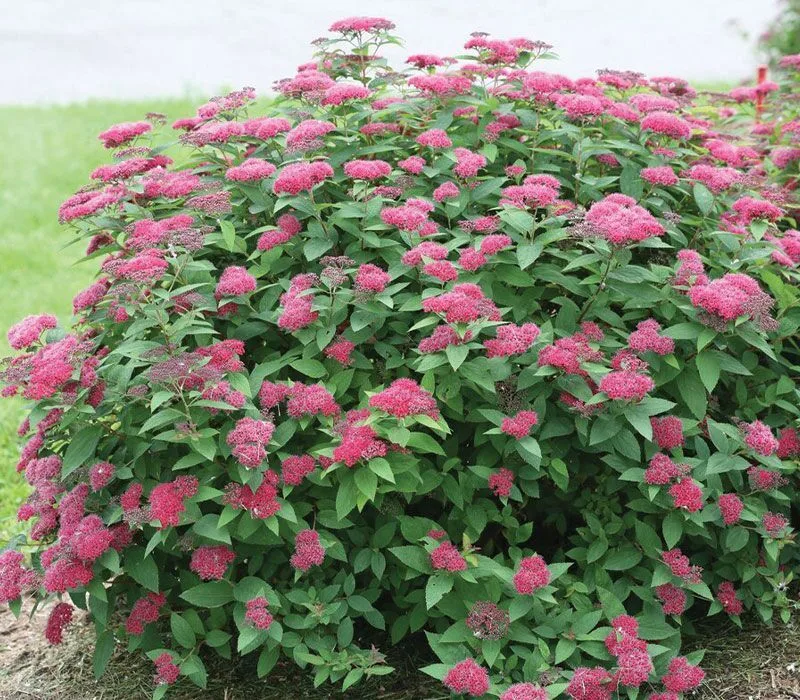
Spirea bushes are a gardener’s delight with their clusters of bright pink flowers and vibrant green leaves. Their cheerful appearance makes them a favorite choice for adding a splash of color.
While popular, choosing a less common variety of Spirea can bring a unique touch to your garden. They are easy to grow and maintain, making them a practical option. However, their widespread use can make them blend in rather than stand out. Seeking alternatives or unique varieties can encourage creativity in your landscape design.
Japanese Maple
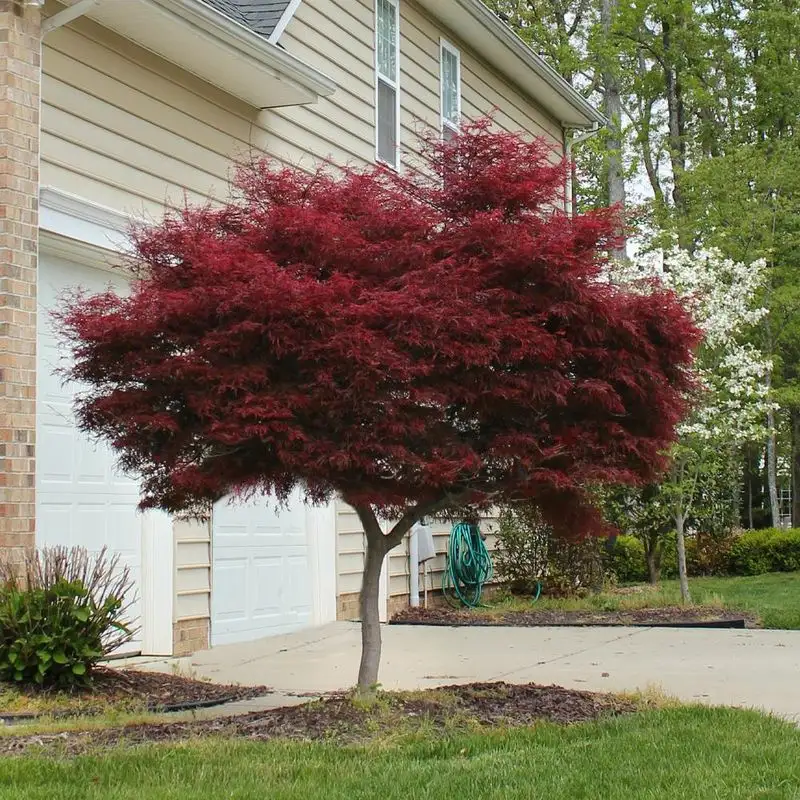
Japanese Maples are celebrated for their delicate beauty and intricately lobed leaves, often in striking shades of red or orange. Their elegant form and graceful presence make them highly sought after.
Though these trees are popular, their variety in leaf shape and color can still add distinct elegance to a garden. Properly positioned, they serve as a focal point, drawing the eye and sparking conversation. For those desiring a touch of the exotic and a hint of sophistication, the Japanese Maple delivers unmatched charm.
Heather

Heather, with its tiny blossoms in shades of purple and pink, creates a stunning carpet of color across landscapes. Its low-growing nature provides a unique texture and visual interest.
While commonly used in European gardens, heather offers an unexpected twist in other regions. It thrives in well-drained soil and can bring a touch of the wild and whimsical to your garden. For those seeking a plant that offers beauty and adaptability, heather is a charming choice that can make any landscape feel like a retreat.
Liriope
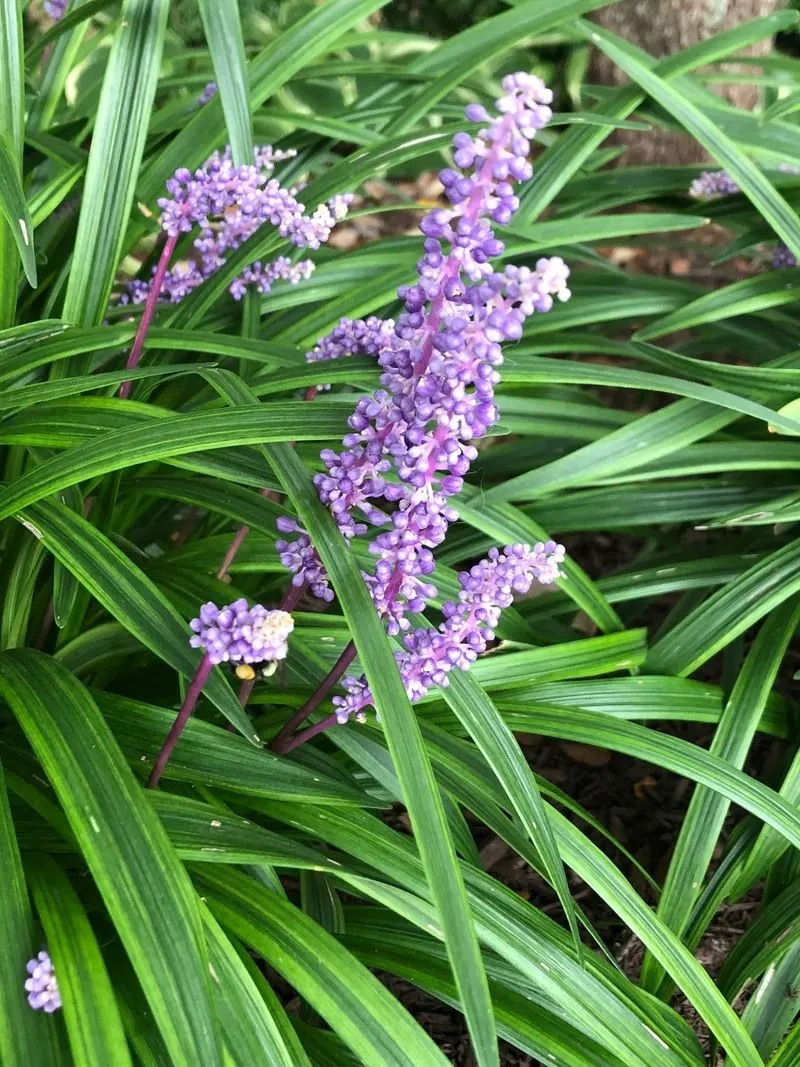
Liriope, often referred to as lilyturf, is beloved for its spiky, grass-like leaves and delicate purple flowers. It serves as a perfect ground cover, adding texture and color to garden borders.
Though frequently used, choosing a less conventional variety can breathe new life into this garden staple. Its hardiness and easy maintenance make it an appealing choice for busy homeowners. By experimenting with its placement or pairing it with unexpected companions, Liriope can defy its conventional image and introduce an element of surprise.
Fothergilla
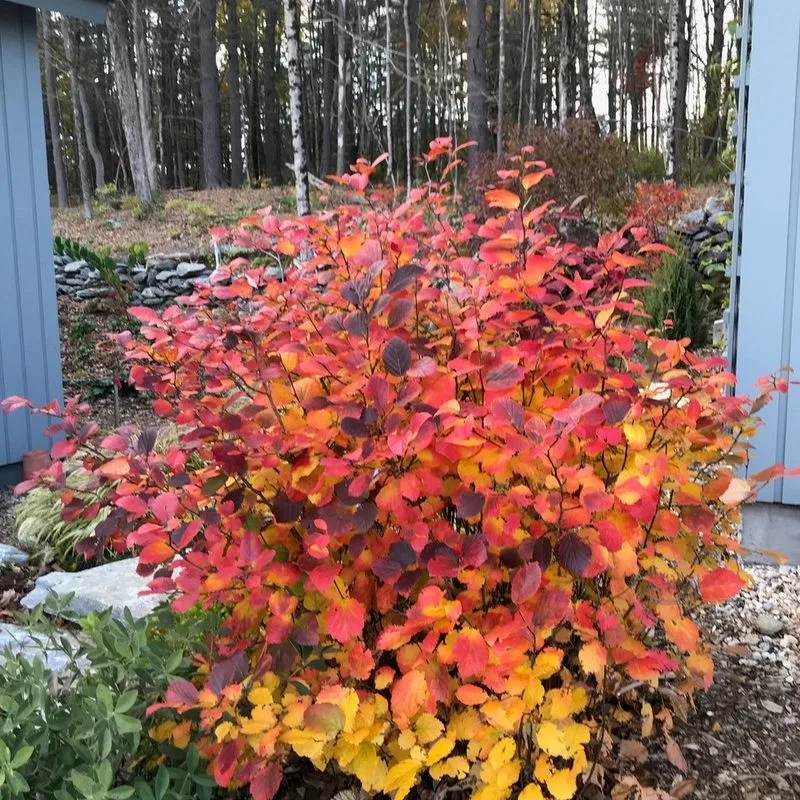
Fothergilla is an uncommon gem, known for its unique bottlebrush flowers and vibrant fall foliage. Its white blooms offer a delightful fragrance, while the leaves transition to fiery shades of orange and red.
This underutilized plant provides a stunning display throughout the seasons, making it a standout choice for any garden. Its compact size and adaptability to various conditions add to its appeal. For gardeners seeking to infuse their landscape with unexpected beauty, Fothergilla offers an enchanting blend of color and charm.
Red Twig Dogwood
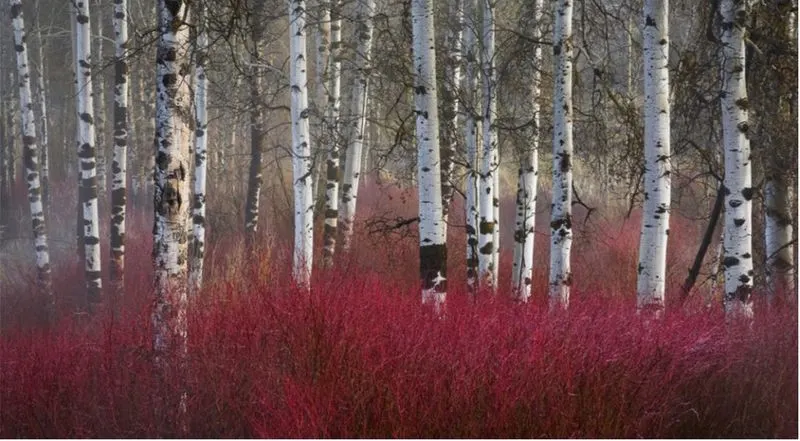
Red Twig Dogwood is a winter wonder with its striking red stems that stand out against a snowy backdrop. Its vibrant color provides interest when most plants are dormant.
In addition to its winter appeal, it offers white flowers in spring and colorful foliage in fall. This plant is perfect for creating visual interest year-round. Its adaptability to wet conditions makes it a viable option for challenging areas. For those looking to brighten up winter landscapes, Red Twig Dogwood delivers a bold statement.
Coral Bells
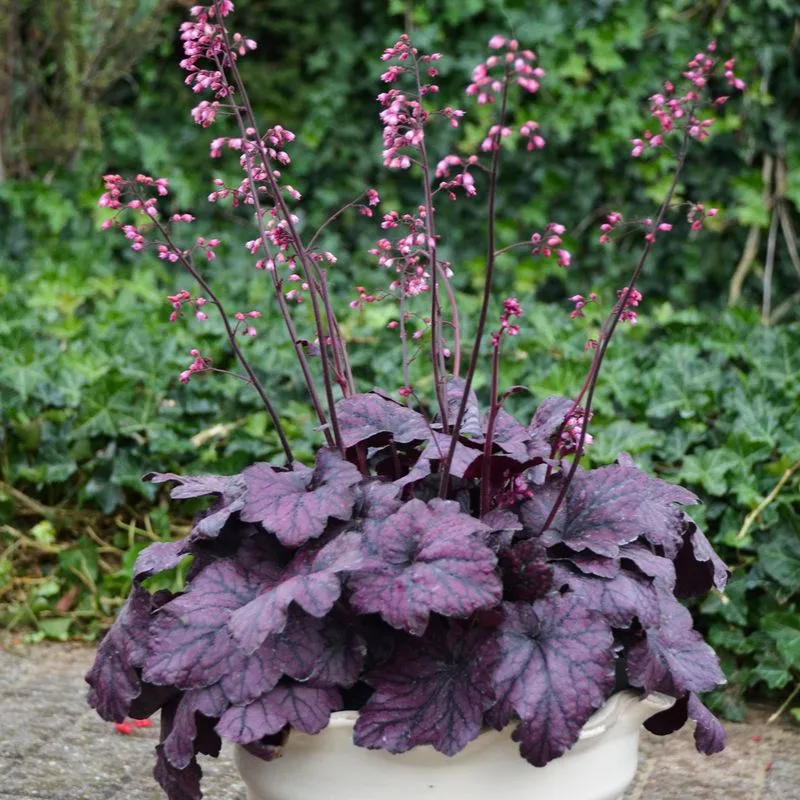
Coral Bells captivate with their ruffled foliage and vibrant colors ranging from purples to greens. Ideal for shaded areas, they bring life to otherwise dull corners of the garden.
Though popular, selecting unique varieties with unusual leaf patterns can elevate a garden’s aesthetic. Their bell-shaped flowers attract pollinators, adding to their charm. Easy to grow and maintain, Coral Bells offer versatility and visual delight. By choosing distinct varieties, you can create a personalized palette that enlivens your garden space with color and texture.
Ninebark
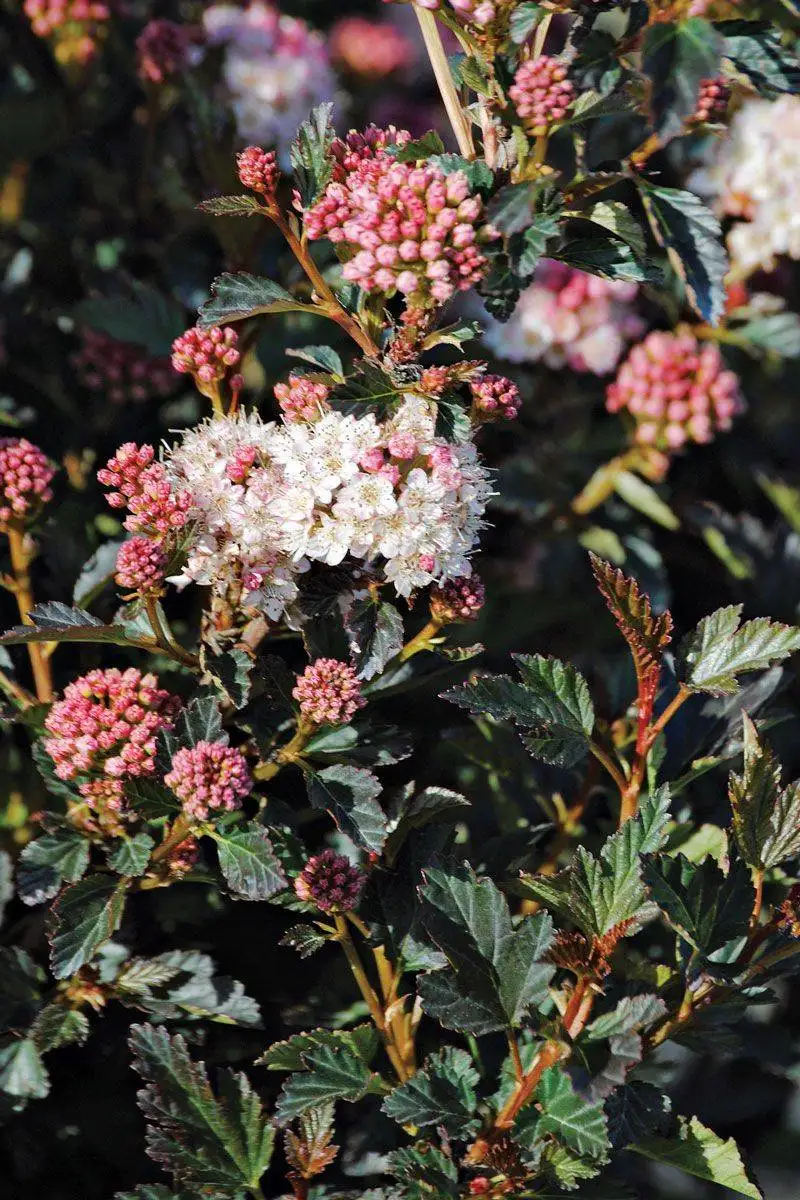
Ninebark offers multi-season interest with its peeling bark and cluster-like white flowers. Its rugged appearance adds texture, while the foliage changes color throughout the year.
Less common than other shrubs, Ninebark brings a touch of the wild to cultivated gardens. Its adaptability to various conditions and low maintenance needs make it an attractive choice. By incorporating Ninebark, gardeners can enjoy a plant that offers both beauty and resilience, providing a unique feature that stands out in any landscape.
False Cypress
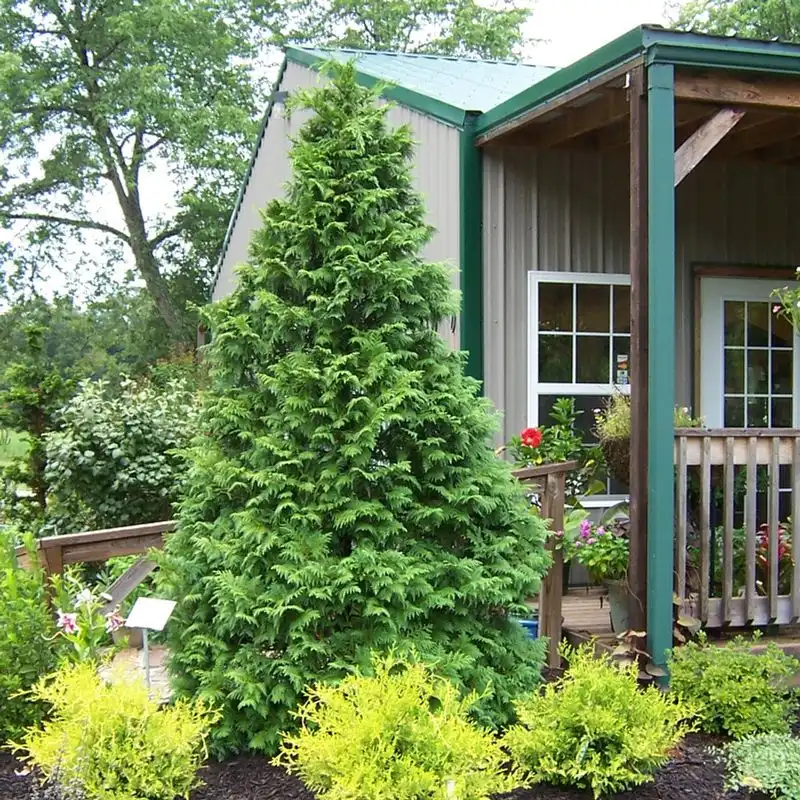
False Cypress, with its feathery, blue-green foliage, introduces a touch of elegance to any garden. Its soft texture and unique coloration set it apart from more common evergreens.
This plant thrives in well-drained soil and can grow into various shapes, offering versatility in garden design. Its distinctive appearance provides a focal point in both formal and informal settings. For those looking to break away from traditional evergreens, False Cypress offers an unusual yet graceful alternative that can enhance any landscape.

